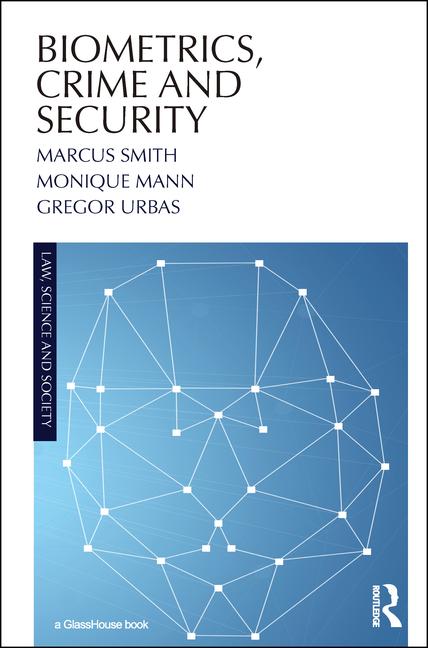Preventing Cargo Crime with Access Control

The new cargo criminals often are nationally networked and internationally backed; they are able to bribe insiders and maintain contacts that provide valuable information on the most profitable cargos. A drug gang’s organization, transportation and underground marketing systems provide a ready-made conduit for cargo theft and fraud.
This is a new transportation security environment. New challenges to the protection and security of the cargo transportation infrastructure include the accelerating rate of change in transportation and the rise of sophisticated fraud and theft in the cargo transportation system.
The new dimensions of global transportation security are causing dramatic changes in personnel, systems, and equipment. E-commerce is accelerating change by shrinking order times, speeding deliveries, decreasing packaging, and shipping in tailored batches. Speed, volume, and just-in-time delivery requirements drive the new strategy of supply chain management.
Shippers face continuing increases in cargo crime. The cargo transportation industry has focused on information technology to improve services and systems. Cargo security managers, therefore, must acquire new information technology skills. For example, many large transportation companies use enterprise resource planning systems as platforms for business development. Cargo security managers need to understand how to plug their activities into this sophisticated software, optimizing the security department’s role in supply chain management and contributing to corporate financial benefits.
A new type of criminal is emerging in transportation: the “fraudster” who uses the Internet and high-tech copying machines to duplicate near perfect official documents.
Despite these challenges, new security programs are gaining slow introduction. Access control seems a logical option, yet implementation can be difficult, as the general nature of cargo is to be mobile. It’s hard to secure a moving target. While improving and streamlining systems, security professionals must think smarter and integrate existing proven technologies into the supply chain, distribution management, and logistics systems.
Access Integrated into Supply Chain
Access control can be integrated into many areas of the supply chain and opportunities abound for innovative technical solutions to transportation security problems. Access control can make a huge impact at security pressure points including ports, terminals, freight depots, and locations where stationary cargo awaits transfer at interchanges - particularly when loads are parked overnight.Access control at gate entrances to yards can control and document vehicular traffic in and out of a facility, while access control on warehouse operations limit access of personnel to product. Access control strategies include a strict separation between where employees go and where “outside” personnel such as drivers waiting to pick up a load can go.
Access control systems are only as good as the policies behind them. A security audit at a food distribution warehouse near Atlanta revealed a policy that every roll-up dock door should be secured and padlocked at all times when the door was not in use. The audit revealed that employees were very good about keeping dock doors secured, but the roll up door to the trash dumpster was almost always unsecured and open. When questioned, the employees said “it’s not a dock door, it’s the dumpster door.” The same facility had “locked” pedestrian doors blocked open to allow easy access during nighttime hours. The facility had excellent access policies, they just weren’t followed.
The International Cargo Security Council advises that there are four keys to meeting the future challenges of transportation security: Understanding the relationship between cyber security and physical transportation security; improving government and industry cooperation; encouraging the introduction of security programs; and involving security in the process of globalizing trade. Of these key requirements, access control can have an impact in the introduction of security programs and get involved in globalizing trade.
Despite increased concern about air, truck, rail, maritime, and intermodal security, shippers are not applying new programs and resources in an effective, coordinated way. This has to change.
To be successful, transportation security must address the fact that professional criminals are increasing transportation activities and are especially aggressive in cultivating black markets for stolen goods in regions experiencing economic, social, and political difficulties. Additionally, law enforcement agencies are hard-pressed to disrupt cargo theft rings, and syndicates are becoming more adept at tracking and seizing cargo, committing fraud, and infiltrating logistics and supply chain management systems.
Looking for a reprint of this article?
From high-res PDFs to custom plaques, order your copy today!






